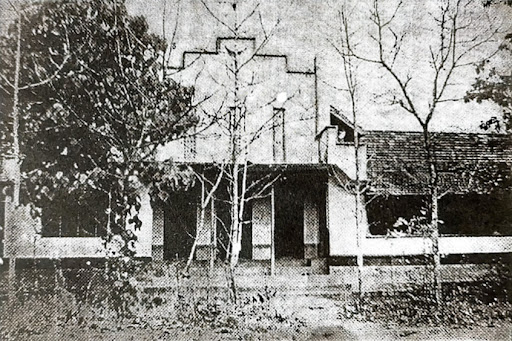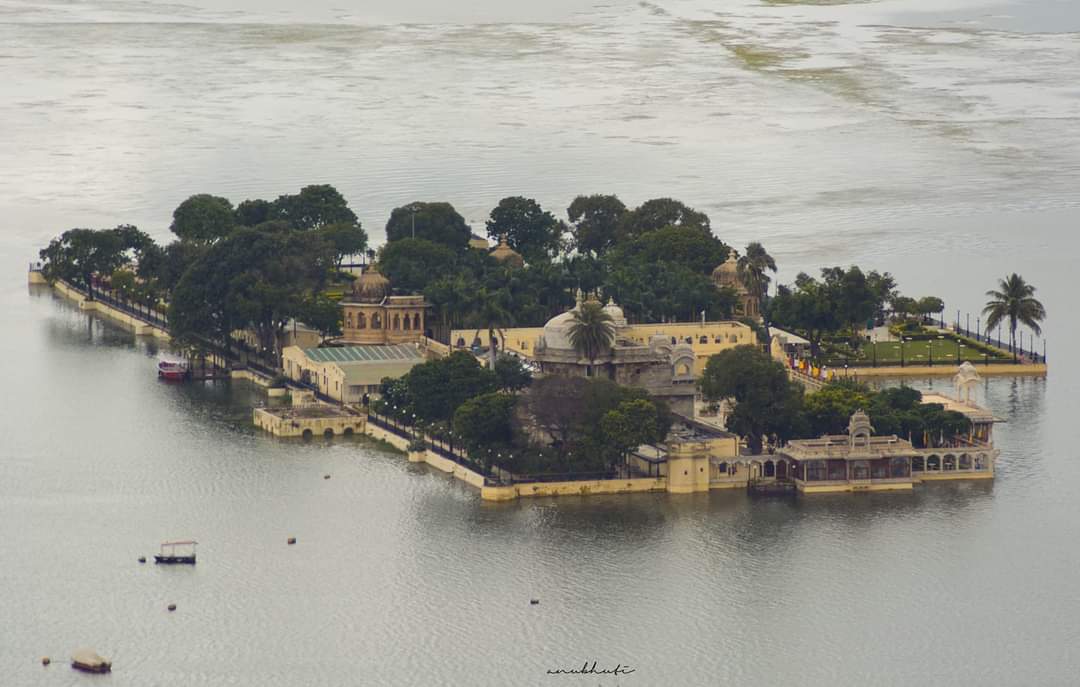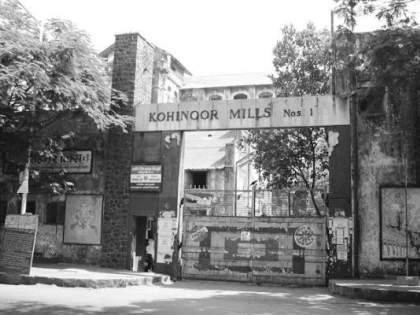A central marketplace—or angadi in Malayalam—snaking along an otherwise uninterrupted fabric of paddy fields and smatterings of residences is not a rare sight in Kerala. When it comes to Chennamangallur, a modest village to the east of Kozhikode district in the state, however, residents like to think it is one of a kind.

A look at its current state may not reveal much to the unfamiliar eye. The angadi wakes up with the local (predominantly Muslim) residents for the first prayer of the day. Post prayer, friends catch up while perched on leaning bikes and plastic tea-shop chairs and concrete half-walls. Some actually enter the tea shops and share a bite before going back home for more elaborate breakfasts. Others stop to either stock up on milk for their mandatory tea (or teas) or ingredients for their first meal of the day.
On weekdays, since both the local school and madrasa open its doors into the main road, the clamour of uniform-clad, chit-chatting students are added to the chaos of the now fully awake angadi. From then on, the flow of people is directed by either the calls to prayer rising from the minaret watching over the village or the metal bells that make themselves heard even through the market din.

On special occasions, the school ground hosts local residents and visitors alike, whether it be for the spectacle that is a cultural arts festival, or the joyous gathering of Eid prayers.
Perhaps it is the proximity of the different spaces that affords this liveliness. One could could buy a cheap lunch from the local restaurant, get their phone fixed at the electronic repair shop, pray at the mosque, pay respects to late loved ones at the graveyard and kick a ball around on the ever-present school grounds all within a few hundred metres in just central Chennamangallur.
Perhaps it is the fact that the reliable old meets the exciting new—the favourite tea shop that seems to have always been there and the ice cream shop that just emerged, with its shiny neon sign and loud colours, the package delivery drivers whizzing past the trusty, still-functioning post office, and ageing lodges and gathering spaces whose ground floors have been transformed into modern, grocery stores.
A great deal of these new changes first started to become possible when, in the early 1970s, people started to migrate to the Middle East in search of a better living, and to better support their families back home. Fast forward a few decades, and not only was there a significant population living in countries like Qatar, many new establishments in the village were possible due to the raised standards of living.
Chennamangallur had been steadily moving ahead on its own, too—a result of the work of all of its thinkers and educators and artists. It was the establishment of the Othayamangalam Juma Masjid between 1900-1910, that created a strong religious base in Chennamangallur (Abdulrahiman, 2009). Not only did the mosque become a community centre of sorts, it led to the opening of a religious school, or madrasa, where girls were also welcome to study, a rare feat during the time. Secular education, too, was introduced not long after, in 1926, and the village started to flourish through its educational advancements and religious reform.
Chennamangallur was especially known for its popularisation of Urdu in Kerala. Individuals such as K.T.C. Beeran, a late, notable resident of the village, made use of his love for the beautiful language and inspired people to not only become casual learners, but also to teach it and excel in it. In fact, Kerala’s first Urdu fortnightly newspaper originated here. The grounds of another primary school in the area recently hosted the launching of a memorial book based on accounts of Beeran’s life by various people both within and outside of the village.
Perhaps this is why the amalgamation of the old and new in present-day Chennamangallur makes sense and even gives an odd, yet characteristic quality to the village—all of its people are connected through time, through their learning and their teaching, their conversations on the way to the mosque, through their shared sweets while walking back to school and through the tales of their parents and grandparents travelling to faraway lands for the betterment of their lives, and their families back home.
And the way forward is to take clues from Chennamangallur’s past and present, and to maintain the essence of what the village has been so far. It is to combine age-old, fool-proof methods of sustenance and overall advancement with the energetic youth and their ideas.
Just a couple of weeks ago, young men took their jeeps out onto the fields to take part in the seasonal ploughing, a daring, but fun, alternative to the usual tractor. Over a hundred residents gathered to watch in awe, with the eyes of a kind village, one that sees the joy in the old and the new.
References:
Abdulrahiman, O. 2009. “My Village.” Chennamangallur, https://cmronweb.com/pages/history_english.htm






